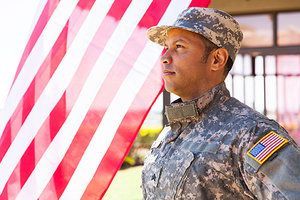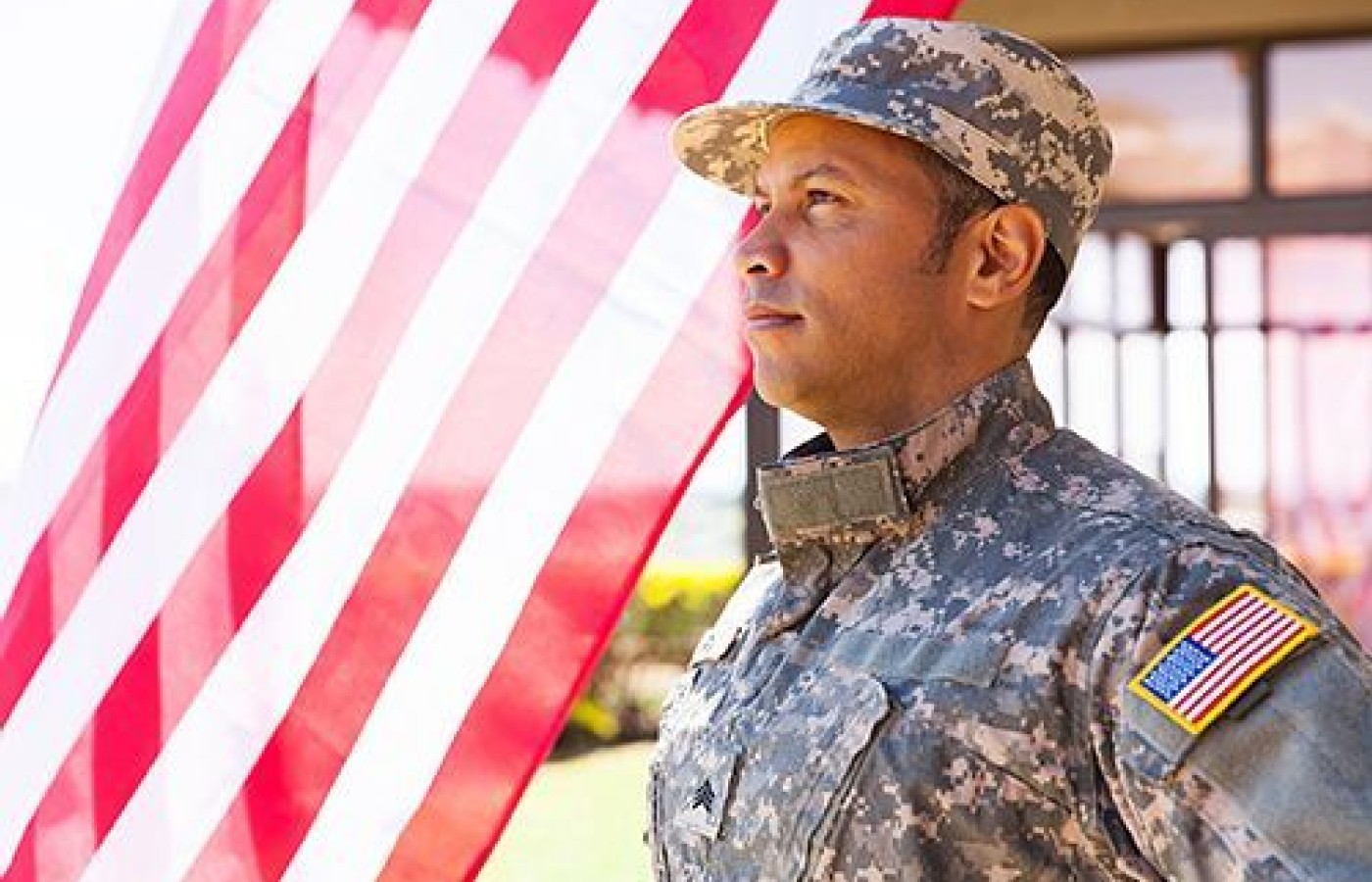Whether you accept it, avoid it or live somewhere in between, insurance coverage has become a defining issue for our profession. Patients increasingly expect to use their benefits, practitioners want to be compensated fairly for their time and expertise, and the system itself remains – at best – fragmented. The encouraging news is that coverage has expanded in meaningful ways. The challenging news is that reimbursement, across the board, remains inadequate.
Good Works at the Canandaigua VA
Faculty and students of the Finger Lakes School of Acupuncture and Oriental Medicine (FLSAOM) of the New York Chiropractic College have provided acupuncture to veterans at the Veterans' Administration Medical Center (VAMC) in Canandaigua, New York since September of 2007.
The acupuncture service was launched based on the fact that both the Canandaigua and Rochester VAMCs were generating numerous acupuncture referrals to community providers, but only had a limited number of acupuncturists available within the integrated service network and none available at either the Canandaigua or Rochester VAMC.
Program Creation
The New York Chiropractic College had an existing clinical training relationship with several centers within the network, so the college was asked to create a similar program for clinical faculty and students from the acupuncture program, in order to provide acupuncture to veterans. There was a particularly strong interest on the part of VA clinicians to provide acupuncture to patients with intractable chronic pain.
In early 2007 an evidence review was prepared for senior physicians and administrators at the VA describing clinical areas where the evidence base was the strongest in support of acupuncture as a clinical intervention. Based on this review and discussions with the medical director the initial scope of the acupuncture service was determined.
Specialty Clinic
The acupuncture service began providing care to patients as a "specialty clinic," in which patients could be referred by their primary care providers or other specialists for assessment and treatment. At the time, this was the logical position for acupuncture and it joined other specialty clinics, such as audiology, podiatry, and chiropractic. The initial service was relatively small with care being provided by one clinician one day each week.

Over time the service has grown to its current staffing levels: three clinicians who each, along with their students, provide care one day each week. The acupuncture service currently has the capacity to treat 42 patients each week.
Success at the VA
In the 10 years of its operation the clinicians and students of the FLSAOM have been proud to provide care to veterans who served during World War II, the Korean war, the Vietnam war, the Persian Gulf War (Desert Shield and Desert Storm), and Operation Enduring Freedom in Afghanistan, as well as those who have served during peace time.
While there is not a "typical" patient, the patients seen at the Canandaigua VA acupuncture service share their experience of military service. The majority of patients are male, and like the population at large, many experience the degenerative changes associated with aging and the effects of a lifetime of hard work.
Commonalities Among Veterans
Chronic low back pain is probably our primary referred chief complaint. Whether the back pain emerged after a post-service career as a printer or a mechanic or from a few too many hard parachute landings as a Ranger it doesn't make much difference in the providing of acupuncture. The service has seen knee injuries from on-base football games and chest pain from trauma after a soldier was struck by an RPG round (that fortunately did not explode).
Pain Control
Comorbidities are frequently encountered, due to aging and sometimes sedentary patients. We also often see patients who are struggling to control blood sugar levels and weight, resulting in pro-inflammatory conditions, which makes addressing pain all the more challenging. Because activity levels and weight control are critical to health as we age, reducing pain in order to increase the patient's ability to engage in activity is often important. In these cases, patients are supported by nutrition, physical therapy, chiropractic, and acupuncture.
PTSD
Post-Traumatic Stress Disorder is a condition that is frequently encountered when providing care to veterans experiencing chronic pain. While inaccurate media stereotypes of veterans suffering from PTSD are all too common, our students find that the clinical reality of PTSD for their patients is very different. Veterans with PTSD work hard to manage their symptoms. The VA provides a wide range of resources and strategies to support them. Groups and counseling support are a widely-used resource.
For students and faculty clinicians, learning the best and most thoughtful ways to provide care to patients suffering from PTSD is an important part of their service. Learning to communicate effectively and to pay attention to patient behaviors is critically important. The key feature of PTSD is hyper-vigilance, a persistent readiness to encounter and possibly react to adverse stimulus.
This can manifest in different ways for different patients: discomfort with sudden noises or unexpected events such as a clinician entering a treatment room quickly without knocking. Sometimes patient issues can seem dramatic and bring up images of conflict. For example, some patients don't want to be seated where they are exposed to a clear line of sight through an open window.
More typical are the patients who deal daily with the amplification of their awareness of chronic pain through hypervigilance. There are neurological similarities between chronic pain and PTSD, and the two can form a challenging feedback loop. Each new painful stimulus can remind the brain areas responsible for vigilance that the threat is real. Coupled with the sleeplessness that can accompany PTSD this can be very unpleasant for patients.
Since many of the patients experience PTSD as a comorbidity and because clinical anecdote and some small studies suggest that acupuncture may be useful for this condition, the acupuncture service launched a stress reduction drop-in clinic after consultation with counselors at the VA.
The objective was to deliver seated auricular therapy (typically using a modification of the National Acupuncture Detoxification Association or NADA "5-Needle Protocol") to support veterans who were on site for PTSD groups, and might want to take advantage of access to acupuncture around their scheduled appointments.
Integrative Care
The acupuncture service often works in collaboration with physical therapy, chiropractic, occupational therapy, counseling, and prosthetics, as well as with primary care. For many of our patients, referral and co-management helps us to better meet their needs. While initially acupuncture was part of the Specialty Clinics under medicine at the VA, the service has been moved to the Geriatrics and Extended Care line, which better matches the population we serve.
A distinctive feature of care at VAMC is an electronic health record system (EHR) called the Computerized Patient Record System (CPRS), which allows any authorized clinician to review a patient's complete medical history in a comprehensive way.
The system provides phenomenal support for integrated patient care and supports referral and communication between providers. Before students or clinicians are allowed to access this system, they undergo extensive background checks and security clearance, followed by training in the system itself and VA data security and patient confidentiality procedures.
Our students deeply value their opportunity to work at the VA. In addition to the honor of providing care to our veterans, they enjoy the opportunity to work in an environment that is clinically integrative and exposes them to the charting conventions and practices of EHRs and conventional medical practice.
Alternative Options
The recent interest in reducing patient dependence on opioids and NSAIDS has increased interest in non-pharmacological approaches to chronic pain at the VA. A recent Department of Veterans Affairs publication, a systematic review titled "Evidence Map of Acupuncture",1 presented an extensive evaluation of the evidence base for acupuncture in a fashion designed to support its appropriate integration at the VA.
The report was a product of the VA's Quality Enhancement Research Initiative's (QUERI) Evidence-Based Synthesis Program (ESP), designed to provide "accurate synthesis of targeted healthcare topics of particular importance to VA managers and policymakers."2
A New Commonality
In the last few years the acupuncture service has become an increasingly integrated part of VAMC Canandaigua. As physicians at the VAMC have become more familiar with acupuncture and what it can offer patients, the range of referrals has increased. We've helped patients with the effects of chemotherapy, radiotherapy, and surgery during and after cancer treatment. We receive referrals for tinnitus, migraine, chronic headache, hepatic capsule pain, general pain control and rehabilitation after stroke.
In 2015 a purpose-built clinic space that is used by both acupuncture and chiropractic was completed. The clinic is intentionally located adjacent to the physical therapy and rehabilitation services to support clinical collaborations that were already supported by referral and clinician communication. Acupuncture seems to have been a good fit at this VAMC, providing clinical care for veterans and training opportunities for students at the Finger Lakes School of Acupuncture and Oriental Medicine of NYCC.
References
- Hempel S, Taylor SL, Solloway M, et al. "Evidence Map of Acupuncture." (VA-ESP Project #05-226; 2013). Evidence-based Synthesis Program (ESP) Center, West Los Angeles VA Medical Center, Los Angeles, CA Washington (DC): Department of Veterans Affairs; January 2014. (Accessed November 14, 2016)
- VA Health Services and Development Center. A Systematic Review: Evidence Map of Acupuncture. Management eBrief. Issue 78. (Accessed November 14, 2016)



